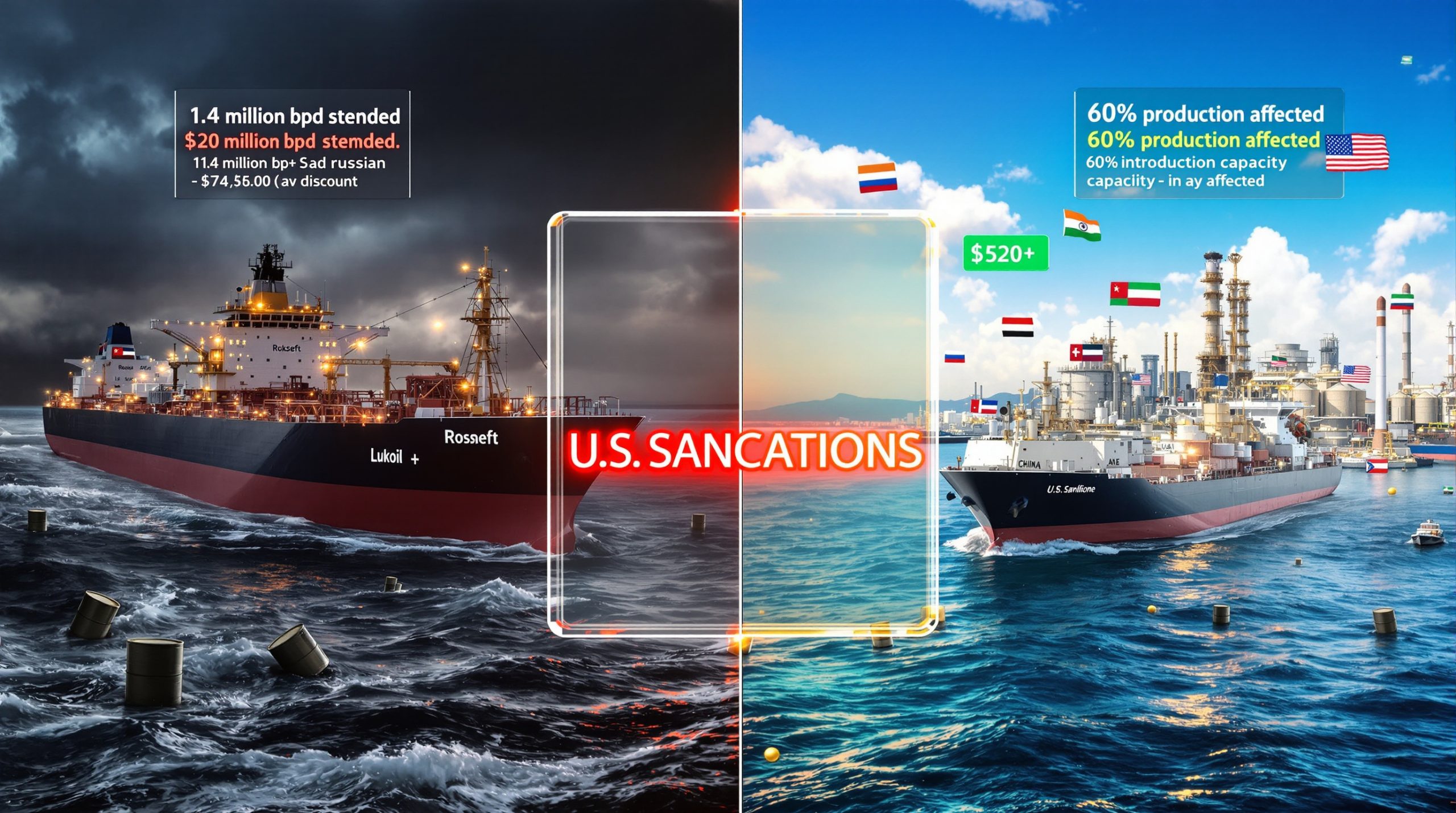What is a Definitive Feasibility Study (DFS)? Understanding Its Importance in Mining Projects
A Definitive Feasibility Study (DFS) represents the most comprehensive technical and financial assessment of a mining project before investment decisions are made. As the final step in the feasibility study process, a DFS provides detailed analysis with remarkable precision—typically achieving cost estimates within 10-15% accuracy. This level of detail makes it the foundation upon which project financing and offtake agreements are secured.
The DFS serves as the culmination of years of exploration, testing, and preliminary studies. Unlike earlier assessments such as scoping studies or pre-feasibility studies, the DFS leaves minimal room for uncertainty, offering stakeholders a clear picture of a project's viability and potential returns.
Definition and Purpose of a DFS
The primary purpose of a DFS is to eliminate as much uncertainty as possible before committing substantial capital to mine development. It answers critical questions about technical feasibility, economic viability, and risk factors that could impact project success.
For projects like the definitive feasibility study for the Oropesa Tin Project in Spain, the DFS provides the necessary confidence for both investors and regulators. With capital costs estimated at US$156 million (including a 10.4% contingency), such precision becomes essential for securing investment and moving forward with permitting applications.
Key Components of a Definitive Feasibility Study
Technical Assessment
The technical assessment begins with detailed mine design and production planning. For Oropesa, this means planning an open-cut mining operation capable of processing 1.4 million tonnes annually over a 12-year mine life.
Processing plant specifications are meticulously outlined, with flowsheet optimization that details exactly how the raw material will be transformed into marketable products. For tin projects, this includes concentration methods and purification techniques to achieve the high-grade tin ingot that European markets demand.
Infrastructure requirements are comprehensively mapped out, covering everything from access roads and power supply to water management systems and tailings storage facilities. The DFS must address how these systems will be implemented without disrupting local communities or ecosystems.
Environmental impact assessments form a crucial part of the technical evaluation, identifying potential issues and proposing mitigation strategies. For Oropesa, these assessments were critical in securing the support of the Andalucian Government's Project Accelerator Unit.
Financial Evaluation
Capital expenditure (CAPEX) estimates represent one of the most scrutinized aspects of any DFS. The Oropesa DFS includes a detailed breakdown of the US$156 million required to bring the project into production, with contingencies accounting for 10.4% of this amount to cover unforeseen expenses.
Operating cost (OPEX) projections span the entire life of mine, with Oropesa's all-in sustaining cost (AISC) estimated at US$15,000 (A$23,731) per tonne of tin. This competitive cost structure positions the project favorably against global competitors, many of which face increasing production costs due to declining grades and more complex metallurgy.
Revenue forecasts are calculated based on production volumes and commodity price assumptions. The Oropesa DFS utilizes a conservative base case tin price of US$30,000 per tonne while also modeling upside scenarios at current market prices of US$38,575 per tonne.
Economic indicators such as Net Present Value (NPV), Internal Rate of Return (IRR), and payback period provide the quantitative metrics by which investment decisions are made. Oropesa's pre-tax NPV of A$270 million (at an 8% discount rate) and IRR of 26% under base case pricing demonstrate robust economics.
Risk Assessment
Identification of potential risks spans technical, financial, and regulatory domains. For mining projects, these can include geological uncertainties, processing challenges, commodity price volatility, and permitting delays.
Sensitivity analysis illuminates how changes in key variables impact project economics. For instance, the Oropesa DFS demonstrates that at current spot prices, the project's NPV increases dramatically to A$587 million with an enhanced IRR of 42% and an accelerated payback period of just 1.7 years.
Risk mitigation strategies address identified vulnerabilities through engineering solutions, financial hedging, or operational flexibility. These measures help ensure that the project remains viable even under adverse conditions.
Market analysis positions the project within the competitive landscape and identifies potential offtake partners. As Chairman Andry Greig noted, "The NPV has increased by 23% from the previous Scoping Study, validating our strategic direction for the project."
The Oropesa Tin Project: Overview and Significance
The Oropesa Tin Project stands as one of the most promising mining developments in Europe, uniquely positioned to address critical mineral shortages impact the clean energy transition facing the continent. Located in Spain's Andalucian region, this project represents a strategic asset in the European Union's efforts to secure domestic sources of critical minerals.
Project Location and Scale
Situated in the picturesque Andalucian region of southern Spain, the Oropesa project encompasses a substantial area of 13km². The project's location offers significant logistical advantages with access to well-developed infrastructure, including roads, power, and proximity to shipping facilities that connect to European markets.
As one of the largest undeveloped open-cut tin deposits globally, Oropesa holds particular significance as the only tin project actively being developed within the European Union. This unique position gives it strategic importance under the EU's Critical Raw Materials Act, which aims to reduce Europe's dependence on imported critical minerals.
The project area contains not only significant tin reserves but also features favorable topography for open-pit mining, minimizing extraction challenges and keeping operational costs competitive with global tin producers.
Resource and Reserve Estimates
Geological investigations have confirmed a substantial mineral resource totaling 19.6 million tonnes at an average grade of 0.39% tin. This impressive resource base supports a maiden ore reserve of 15.9 million tonnes at 0.36% tin, providing confidence in the project's long-term viability.
The planned mining operation will process approximately 1.4 million tonnes of ore annually using conventional open-cut mining techniques. Based on current reserves, this establishes a projected mine life of 12 years, though exploration potential exists to extend this timeline.
What makes Oropesa particularly valuable is the grade quality and metallurgical characteristics of its tin mineralization. The deposit features cassiterite as the primary tin-bearing mineral, which responds well to conventional processing methods and produces a clean, high-quality concentrate suitable for European smelters.
Strategic Importance
Oropesa is strategically positioned to become a crucial supplier to the European tin market, which currently relies heavily on imports from Asia, Africa, and South America. This positioning aligns perfectly with the EU's strategic objectives to reduce supply chain vulnerabilities for critical minerals.
The project's critical mineral status significantly enhances its attractiveness to both investors and policymakers. Tin's classification as a critical mineral under both EU and US frameworks provides potential access to specialized funding mechanisms and expedited permitting processes.
Government support has materialized through inclusion in the prestigious Andalucian Project Accelerator Unit, a specialized program designed to expedite selected mining projects of strategic importance. As Managing Director Joe David highlighted, "Our permitting submissions are aligned with feedback from key Andalucian government departments, representing a substantial milestone for the project."
Beyond its mineral significance, Oropesa represents a potential economic catalyst for the Guadiato Valley and Northern Cordoba region, areas that have experienced economic challenges following the decline of traditional industries. The project promises to create hundreds of direct and indirect jobs while stimulating local businesses and services.
What Does the Oropesa DFS Reveal About Project Economics?
The recently completed definitive feasibility study for the Oropesa Tin Project in Spain unveils compelling economics that position it as one of Europe's most promising mining developments. The detailed financial analysis reveals a project capable of generating substantial returns even under conservative pricing scenarios.
Production Metrics
The DFS outlines an operation capable of producing 3,405 tonnes of contained tin annually, delivered as high-purity tin ingot tailored to European market specifications. This production volume would establish Oropesa as a significant contributor to European tin supply, potentially accounting for over 5% of the continent's annual consumption.
Cost efficiency stands as a hallmark of the project design, with an all-in sustaining cost (AISC) of US$15,000 (A$23,731) per tonne of tin. This competitive cost structure results from several factors, including the favorable geology, efficient open-pit mining methods, and optimized processing flowsheet.
The processing methodology has been meticulously refined to maximize tin recovery while meeting the strict specifications demanded by European consumers. The planned circuit incorporates gravity separation, flotation, and final concentrate cleaning to produce a premium product that commands favorable pricing.
A key strength of the project lies in its consistent production profile throughout the 12-year mine life. Unlike many mining operations that experience significant grade variability, Oropesa's resource model indicates relatively uniform tin distribution, enabling stable annual output and simplified mine planning.
Financial Projections at Base Case Pricing
Capital costs for developing Oropesa are estimated at US$156 million, including a prudent 10.4% contingency allocation. This figure encompasses mine development, processing plant construction, infrastructure implementation, and pre-production expenses.
Economic modeling using a conservative London Metal Exchange (LME) reference tin price of US$30,000 per tonne yields impressive results. The project boasts a pre-tax Net Present Value (NPV) of A$270 million at an 8% discount rate, reflecting the significant value creation potential.
The Internal Rate of Return (IRR) of 26% exceeds the hurdle rates typically required by mining investors, while the 2.7-year payback period indicates rapid capital recovery. As Chairman Andry Greig noted, "These numbers are appropriately conservative while still demonstrating the robust nature of the project."
Cash flow analysis reveals that Oropesa would generate over A$900 million in revenue over its initial 12-year lifespan under base case pricing, with approximately A$420 million in free cash flow after accounting for all operating costs, capital expenditures, and taxes.
Upside Potential at Current Market Prices
Perhaps most compelling is the project's sensitivity to tin prices, which reveals substantial upside potential. At the current spot price of US$38,575 per tonne (as of April 2025), the project's economics transform dramatically.
Pre-tax NPV surges to A$587 million, representing a 117% increase over the base case scenario. Similarly, the IRR climbs to an exceptional 42%, placing Oropesa among the highest-returning mining projects globally at current commodity prices.
The payback period compresses to just 1.7 years at spot pricing, significantly reducing investment risk by allowing for rapid capital recovery. This accelerated timeline would enable Elementos to pursue expansion opportunities or additional projects more quickly.
Compared to the previous Scoping Study, the DFS demonstrates a 23% increase in NPV, validating the optimization work conducted during the feasibility process. This improvement stems from refined mining methods, enhanced metallurgical recoveries, and optimized infrastructure planning.
Sensitivity analysis indicates that for every US$1,000 increase in the tin price, the project NPV increases by approximately A$28 million, highlighting the significant leverage to commodity prices and the potential for exceptional returns in a strong tin market.
How Does the Permitting Process Impact Project Development?
The regulatory pathway represents a critical dimension of any mining project's development timeline. For Oropesa, navigating the government-mining industry relationship cycle with efficiency will be crucial to realizing the economic potential identified in the Definitive Feasibility Study.
Current Permitting Status
Elementos' Spanish subsidiary, Minas De Estaño De España, has submitted comprehensive license documents to the Andalucian Administration, marking a significant milestone in the project's advancement. These submissions represent thousands of hours of detailed technical work and environmental studies.
The applications currently under assessment include both environmental and mining licenses, which must be secured before construction activities can commence. As Managing Director Joe David emphasized, "These permitting submissions represent a substantial piece of work by our team and consultants, developed in alignment with feedback from key Andalucian government departments."
The quality and comprehensiveness of these submissions reflect Elementos' commitment to meeting or exceeding regulatory requirements. The documentation incorporates detailed environmental management plans, community impact assessments, and technical specifications that demonstrate the project's adherence to European standards.
This permitting phase represents a pivotal milestone in the project's maturation, transitioning from technical planning to implementation readiness. The thoroughness of the submissions aims to minimize potential requests for additional information that could delay the approval process.
Government Support Framework
A significant advantage for Oropesa is its inclusion in the Andalucian Government's Project Accelerator Unit, a specialized initiative designed to expedite selected mining projects of strategic importance to the region. This designation provides access to dedicated government resources and prioritized review processes.
The Accelerator Unit offers dedicated government support to navigate regulatory complexities, with assigned officials working to ensure efficient assessment of the project documentation. This collaborative approach significantly enhances the potential for timely approvals compared to standard permitting timelines.
Elementos has established close working relationships with senior government officials throughout the assessment process, fostering transparent communication and addressing concerns proactively. This engagement strategy has helped build trust with regulatory authorities and local stakeholders.
The government's support reflects recognition of Oropesa's economic importance to the region, particularly the potential to revitalize the Guadiato Valley and Northern Cordoba areas. Local authorities view the project as an opportunity to create sustainable employment in a region that has experienced economic challenges following the decline of traditional industries.
Timeline and Next Steps
The regulatory assessment process for the submitted documentation is currently ongoing, with government officials conducting technical reviews and consultations with various departments. The timeline for these reviews varies depending on the complexity of issues raised and the efficiency of inter-departmental coordination.
Environmental impact studies will undergo particular scrutiny, with public consultation processes providing opportunities for community input. Elementos has proactively engaged with local communities to address concerns and highlight the project's benefits, potentially smoothing this aspect of the approval process.
Final approvals are expected to align strategically with financing arrangements, creating a synchronized pathway to project implementation. This coordination is critical to avoiding situations where either permits or funding becomes a bottleneck to development.
The construction timeline remains contingent upon permitting completion, though preliminary engineering and procurement activities continue in parallel to minimize potential delays. Once approvals are secured, Elementos anticipates a 12-18 month construction period before commissioning and production can commence.
Industry analysts note that Spain's mining regulatory framework has become increasingly streamlined in recent years, with the government recognizing the strategic importance of developing domestic mineral resources. This evolving regulatory environment may benefit Oropesa's permitting timeline compared to historical precedents.
What Makes Tin a Strategic Metal in Today's Market?
Tin has emerged as one of the most strategically significant metals in the global economy, driven by its critical applications in high-technology sectors and limited supply prospects. Understanding this broader market context is essential for appreciating Oropesa's potential importance.
Supply and Demand Dynamics
The global tin market faces a concerning reality: there are remarkably few new tin projects in the development pipeline. Major producing regions like Indonesia and Myanmar are experiencing declining grades and increasing extraction challenges, creating favorable conditions for new suppliers.
Demand for tin continues to grow, particularly from electronics manufacturing, renewable energy systems, and advanced battery technologies. Industry forecasts project a compound annual growth rate of 2.8-3.2% for tin consumption through 2030, outpacing anticipated supply increases.
The European Union has intensified its focus on securing domestic supplies of critical minerals through initiatives like the Critical Raw Materials Act. This legislation aims to reduce Europe's vulnerability to supply disruptions while ensuring ethical and sustainable sourcing—creating an ideal environment for projects like Oropesa.
Price volatility has characterized the tin market in recent years, with values ranging from US$30,000 to nearly US$40,000 per tonne. This volatility reflects both tight supply conditions and the essential nature of tin in industrial applications where substitution is difficult or impossible.
Tin's Role in Modern Technology
Tin remains an essential component in circuit board soldering, accounting for approximately 60% of global consumption. Its unique properties of low melting point, excellent wettability, and resistance to oxidation make it irreplaceable in creating reliable electrical connections in electronic devices.
Beyond electronics, tin plays a crucial role in semiconductors and advanced electronic components that form the backbone of the digital economy. The metal's application extends to specialized coatings that protect critical components in harsh environments.
The renewable energy transition is driving increased tin demand, with applications in solar panel manufacturing, wind turbine components, and increasingly in energy storage technologies. As clean energy deployment accelerates globally, tin consumption in this sector is projected to grow at 5-7% annually.
Perhaps most promising is tin's emerging role in next-generation battery technologies. Research in sodium-ion and solid-state batteries has identified tin compounds as valuable materials for improving energy density and cycle life, potentially creating an entirely new demand segment as these technologies commercialize.
Market Outlook for Tin
Long-term price forecasts support Oropesa's project economics, with most analysts projecting sustained tin prices above US$30,000 per tonne through 2030. These projections reflect the fundamental supply constraints against growing demand from technology sectors.
A supply deficit appears inevitable as legacy mines deplete their reserves and few new projects enter production. The International Tin Association forecasts that by 2027, the market could face a deficit of up to 40,000 tonnes annually without significant new mine development.
The strategic value of tin continues to increase in parallel with technology sector growth. As digitalization, electrification, and renewable energy deployment accelerate globally, tin's role
Ready to Capitalise on the Next Significant Mineral Discovery?
Stay ahead of the market with real-time alerts on ASX mineral discoveries through Discovery Alert's proprietary Discovery IQ model, transforming complex data into actionable investment insights. Explore our discoveries page to understand how major mineral finds can lead to exceptional market returns, and begin your 30-day free trial today.




